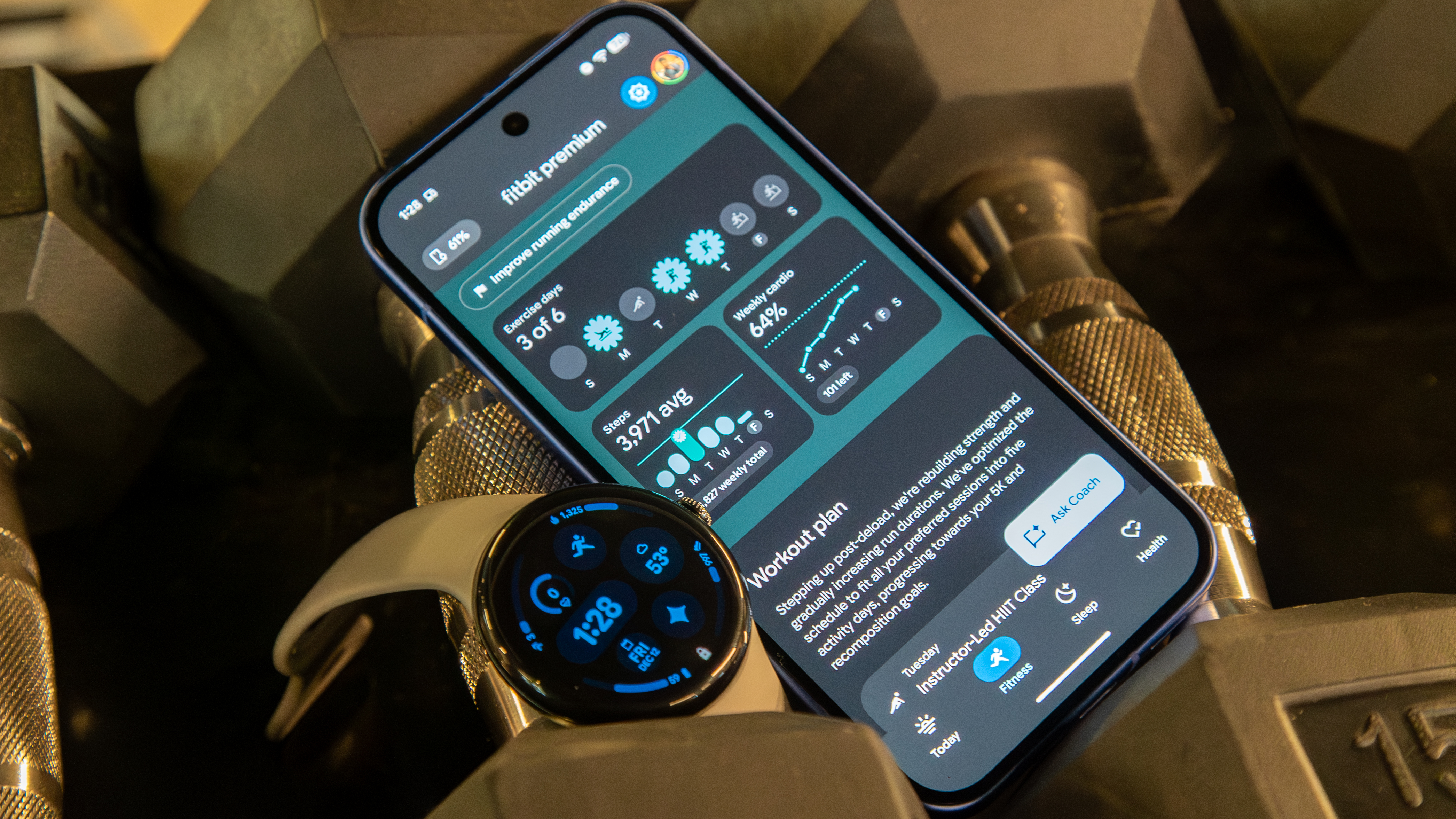Google Pixel 10 vs. Pixel 8: Is it time to upgrade?
Big changes made to the Pixel 10 help it pull away from older models.

Better than ever
Google didn't overhaul the Pixel 10's design, but crammed even more tech and features into a similar chassis. There's now a faster Tensor G5 processor, a triple-camera system, and magnets for Qi2 connectivity. All that makes for quality-of-life improvements for Pixel 10 owners.
Pros
- Faster charging and bigger battery
- Faster Tensor G5 chip built on TSMC's 3nm process
- Triple-camera system highlighted by new 5x telephoto lens
- Custom components including all-new ISP
Cons
- Looks similar to the Pixel 9
- Thicker and heavier than the last-gen model
- Comes with a few limitations, like Wi-Fi 6E and low PWM rates
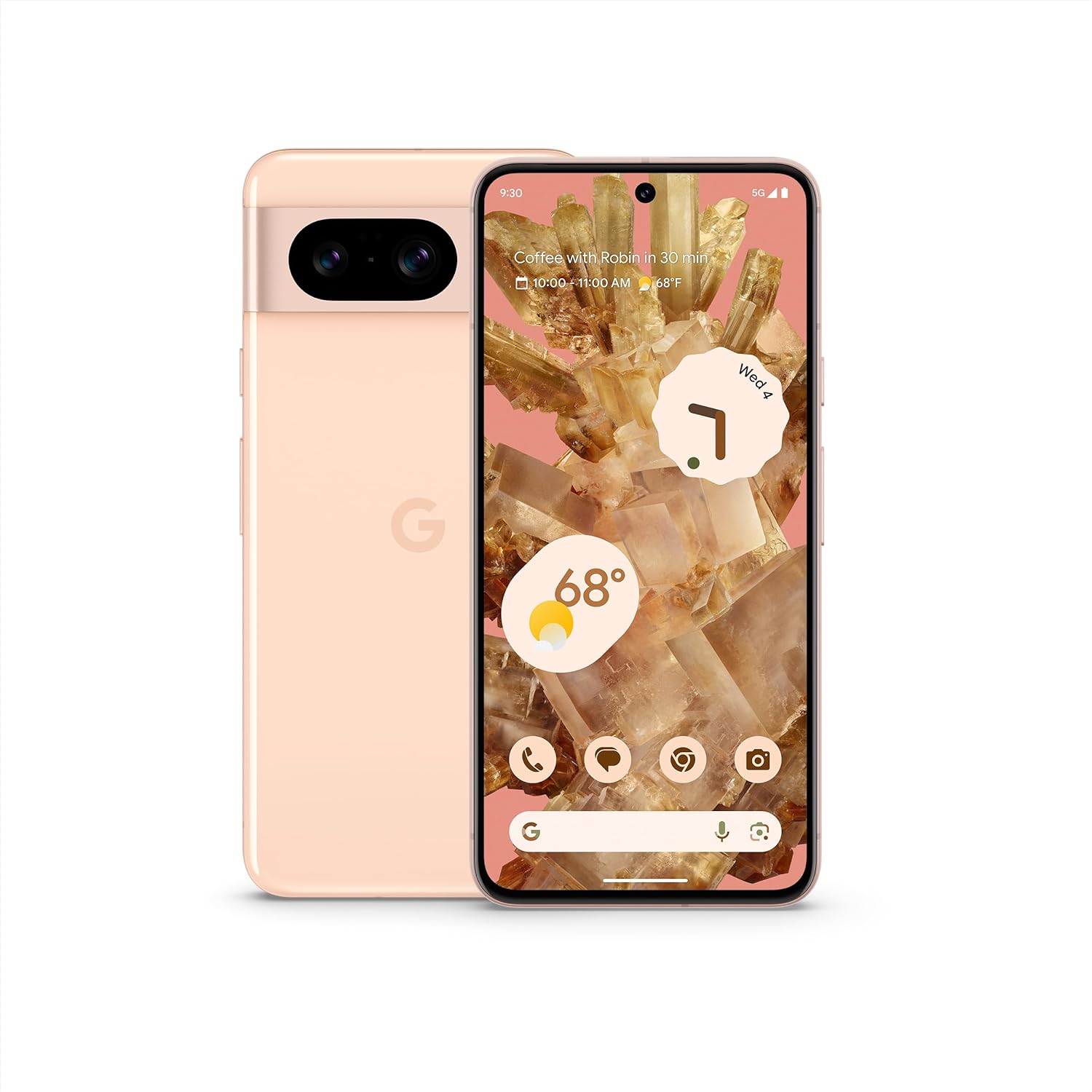
Still going strong
While the Google Pixel 8 is nearly two years old, it remains an excellent phone with support for the latest Android 16. The device's main camera sensor and form factor might actually beat the Pixel 10, but it loses out in processing power and versatility.
Pros
- 120Hz refresh rate OLED screen
- Gemini AI powered by Tensor G3
- Still covered by five more years of Android OS upgrades
Cons
- Tensor G3 is slow by 2025 standards
- Battery and charging tech is lackluster
- No telephoto lens
The Google Pixel 10 is official, confirming key upgrades like a standout Tensor G5 platform and long-awaited Qi2 support. Those are just the start of all the Pixel 10 upgrades, which Google made without raising the price. That leaves one key question — if you have a Google Pixel 8, should you replace it with a Pixel 10?
Most people try to keep their phones for around three years, lining up with common carrier contracts and installment plans. Considering how expensive they are, it's tough to justify swapping out phones annually. However, after two years, your phone starts to feel stale. It's worth looking at whether the Pixel 10 offers enough value over your Pixel 8, especially with good trade-in deals.
Here's everything you need to know about how the Pixel 10 improves upon the Pixel 8, now that it's official.
Google Pixel 10 vs. Pixel 8: Pricing and availability
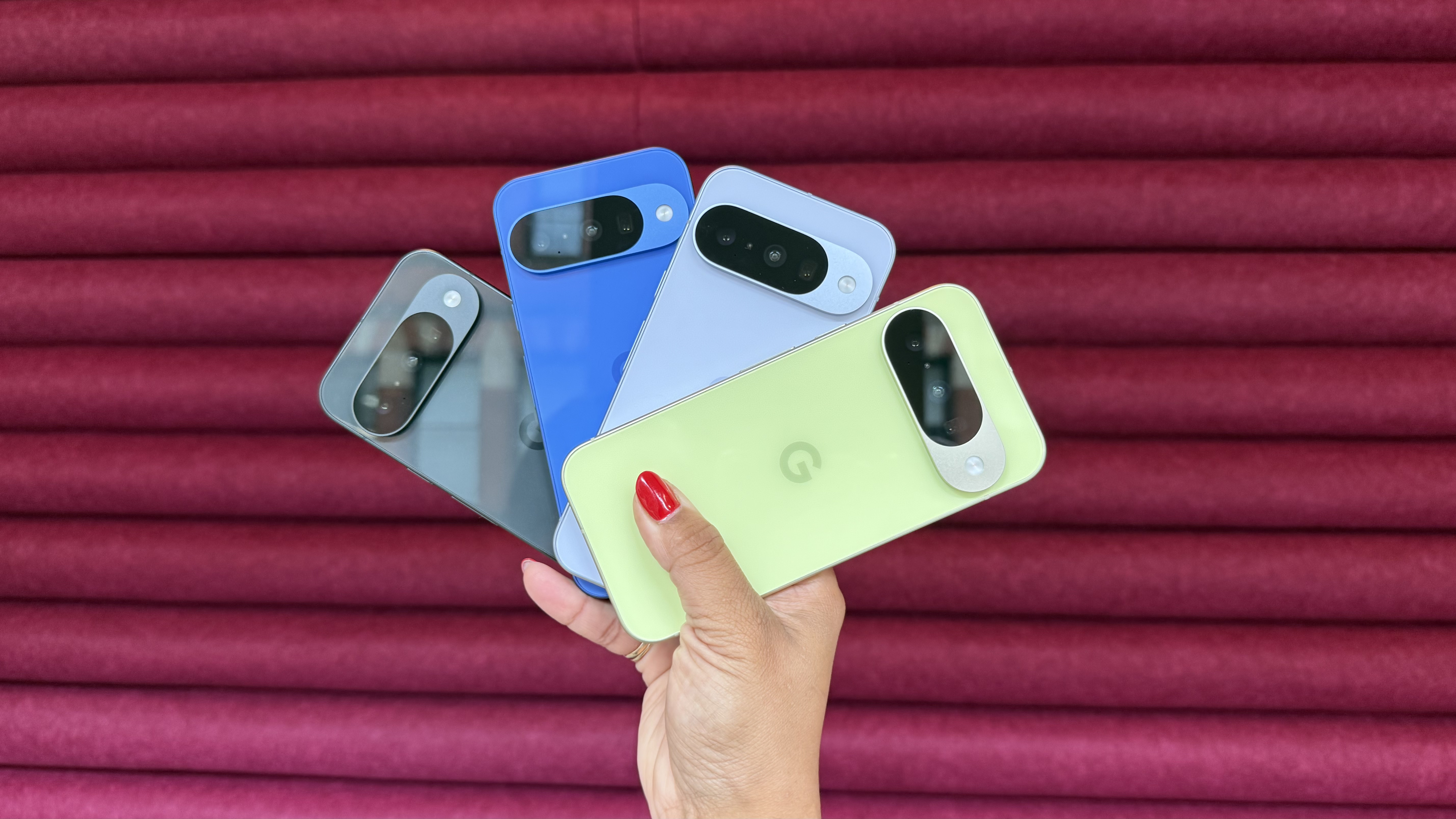
Google officially announced the Pixel 10 at a Made by Google event for Aug. 20. Pre-orders for the Google Pixel 10 began that same day, with general retail availability coming Aug. 28. It's available in four colors, and three new ones: Obsidian, Frost, Indigo, and Lemongrass.
The Pixel 10 starts at a 128GB storage configuration, and keeps its $799 retail price. A 256GB configuration is available at a higher cost, but if you want to go higher, you'll need to pay for a Pixel 10 Pro model.
Meanwhile, sales for the Google Pixel 8 began Oct. 12, 2023. The smartphone started at $699, and it's still available for purchase directly from the Google Store. Availability could become more limited when the Pixel 10 officially releases, as the Pixel 8 could be discontinued. The base model has 128GB of storage and is available in Hazel, Obsidian, Mint, and Rose.
Google Pixel 10 vs. Pixel 8: Design and display
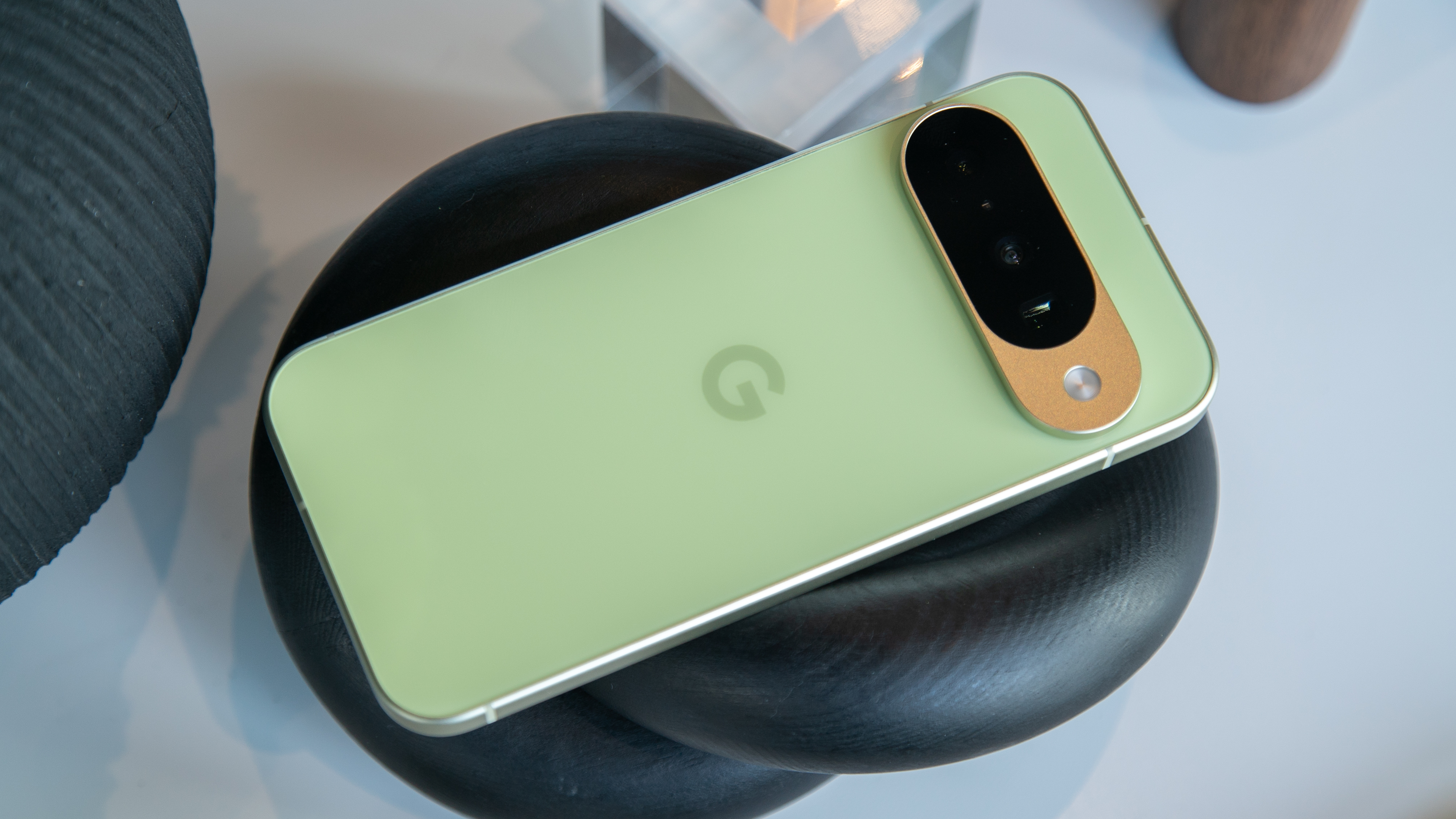
Google keeps a similar design language to the Pixel 9 on the Pixel 10, but both are a sharp departure from the Pixel 8. The Google Pixel 8 features a pebble-shaped chassis with rounded corners and sloping edges. It's a stark contrast from what we see on the Google Pixel 10 — a mostly-rectangular chassis with slightly chamfered edges and a flat design.
Get the latest news from Android Central, your trusted companion in the world of Android
Depending on your preference, you might like one over another. The Pixel 8 has the classic, and now vintage, Pixel camera bar. Google switched to the oval-shaped camera housing with the Pixel 9, and that's still here on the Pixel 10. The camera housing will protrude further from the back of the Pixel 10 than the Pixel 8, and you'll get three cameras on the back compared to two.
The Pixel 10 being offered in Obsidian, Frost, Indigo, and Lemongrass colorways, and only one color — Obsidian — is carried over from the Pixel 8 series. Google offered the Pixel 8 in Hazel, Rose, and Obsidian colorways at launch, and later added a Mint color.
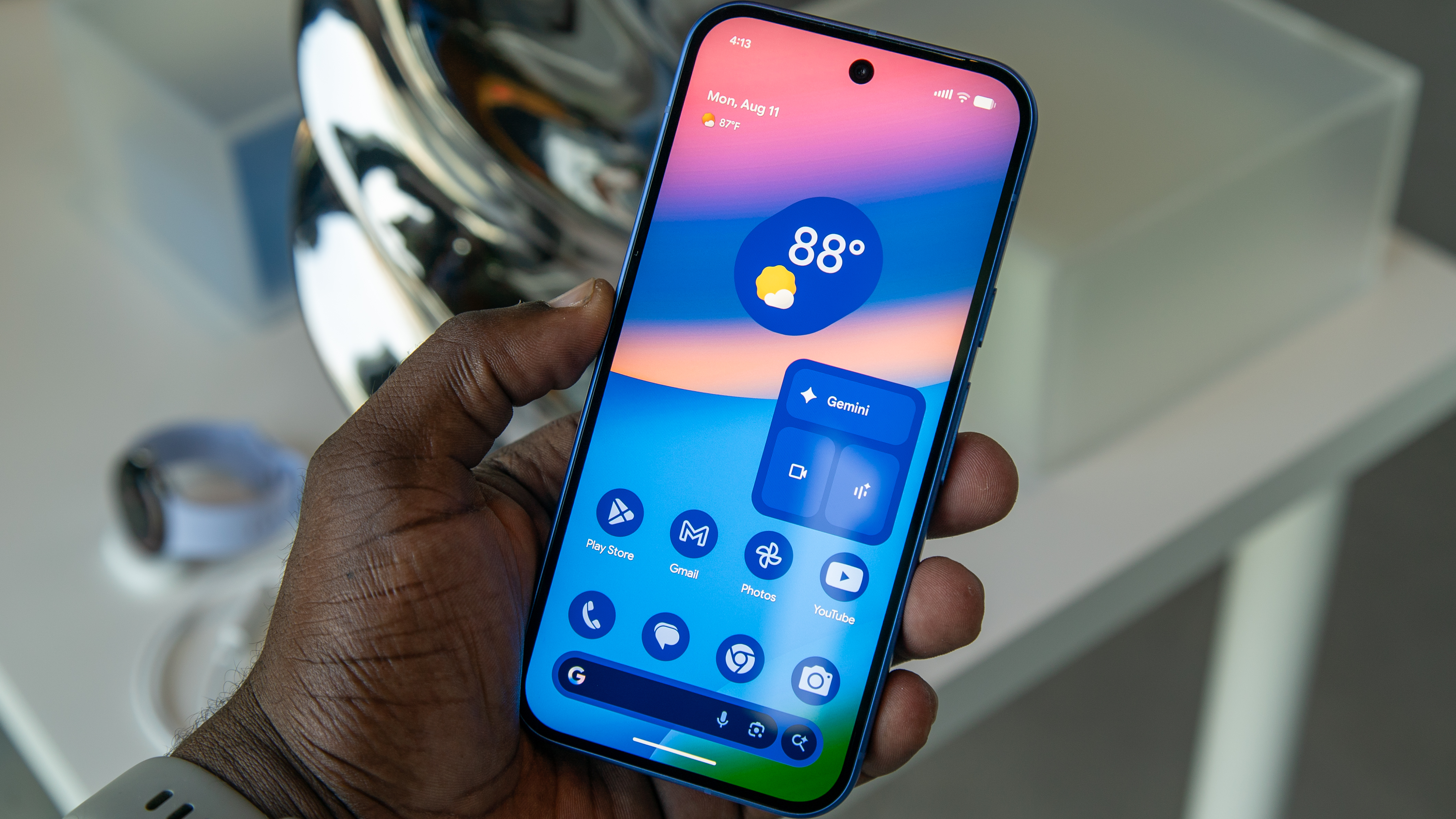
While the older Pixel 8 is thicker, it is also lighter than the Pixel 10. The older model measures 150.5 x 70.8 x 8.9mm and weighs 187 grams, whereas the Pixel 10 measures 152.8 x 72 x 8.6mm and weighs 204 grams. This might not be ideal, because most base-model smartphones try to stay under the 200-gram threshold in 2025.
Both models have water and dust-resistance with an IP68 certification. In terms of durability, the Pixel 10 has Gorilla Glass Victus 2, and the Pixel 8 has standard Gorilla Glass Victus.

The Pixel 10 is slightly taller than the Pixel 8 to accommodate the larger display introduced last year. It sports a 6.3-inch Actua OLED display with a 2424x1080 resolution and a 120Hz refresh rate.
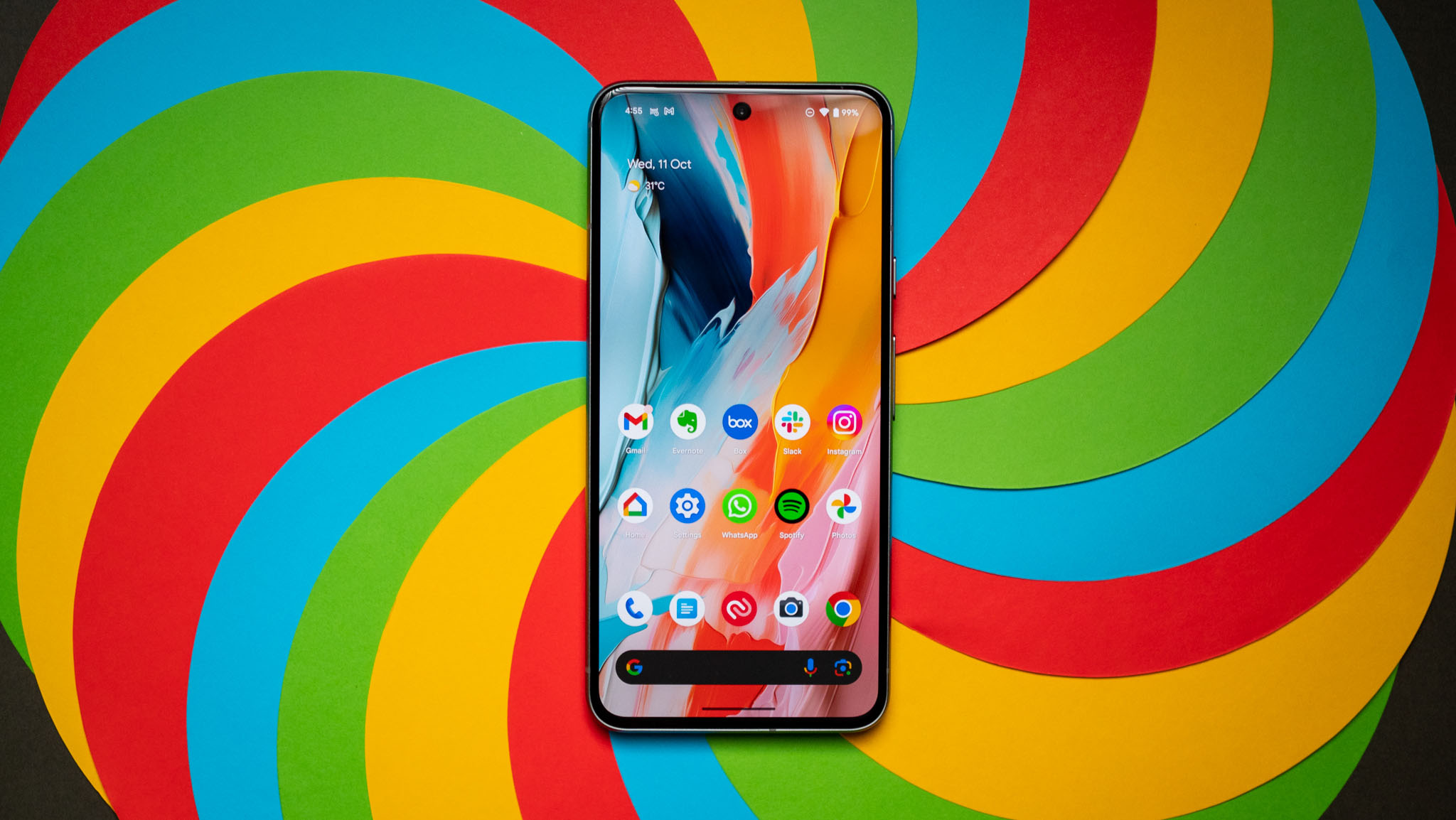
The Pixel 8 has a smaller, 6.2-inch Actua OLED screen with roughly the same pixel density as the Pixel 10's panel. However, the Pixel 10 adds 3,000-nit peak brightness capabilities, which crushes the Pixel 8's 2,000-nit maximum.
Google Pixel 10 vs. Pixel 8: Hardware and specs

Google's big upgrade to the Tensor G5 chipset for the Pixel 10 series is official. It's the first to be manufactured by TSMC instead of Samsung Foundry, and also the first to use a 3nm process node. Both of these changes help the Tensor G5 in the Pixel 10 perform better than ever, with Google's efficiency and optimization prowess still intact. Google claims it brings CPU performance that's 34% faster on average than Tensor G4, and TPU performance for AI tasks that's up to 60% more powerful.
The Tensor G5 still probably won't match or beat the latest Qualcomm chipsets, which is unsurprising. However, the performance upgrade and the additions of more custom components likely lead to more real-world improvements in the daily use of a Pixel 10. In the AI era, these spec bumps can loom large as more compute is needed for on-device mobile processing. Google's switch to a custom image-signal processor (ISP) with Tensor G5 is said to make the Pixel 10 cameras its best yet.
Category | Google Pixel 10 | Google Pixel 8 |
|---|---|---|
OS | Android 16 | Android 14 (upgradeable to Android 16) |
Display | 6.3-inch 120Hz Actua OLED, 2424x1080, HDR, Gorilla Glass Victus 2, 3000 nits max | 6.2-inch Actua display, 120Hz AMOLED (2400x1080), HDR10+, 2000 nits, Gorilla Glass Victus |
Chipset | Google Tensor G5 | Google Tensor G3 |
RAM | 12GB | 8GB LPDDR5X |
Storage | 128GB/256GB | 128GB/256GB UFS 3.1 |
Rear camera 1 | 48 MP, f/1.7, 1/2-inch, multi-zone LDAF, OIS | 50MP f/1.68, 1.2um pixels, PDAF, OIS, 4K at 60fps |
Rear camera 2 | 10.8 MP, f/3.1 (telephoto), 1/3.2-inch, multi-zone LDAF, OIS, 5x optical zoom | 12MP f/2.2, 1.25um pixels, 125-degree wide-angle |
Rear camera 3 | 13MP, f/2.2 ultrawide, 120-degree FoV, multi-zone LDAF | N/A |
Front camera | 10.5MP f2.2, autofocus, 95-degree FoV | 10.5MP f/2.2, 1.22um pixels, wide-angle |
Ingress protection | IP68 dust and water resistance | IP68 dust and water resistance |
Connectivity | Global 5G, Satellite SOS (U.S.), Wi-Fi 6E, Bluetooth 6, NFC, eSIM only | Wi-Fi 6, Sub-6 5G, Bluetooth 5.3, NFC, AptX HD, USB-C 3.2, physical SIM tray |
Security | Optical fingerprint sensor | Optical fingerprint sensor |
Audio | USB-C, stereo sound | USB-C, stereo sound |
Battery | 4,970mAh | 4,700mAh battery |
Dimensions | 152.8 x 72.0 x 8.6mm, 204g | 150.5 x 70.8 x 8.9mm, 187g |
Colors | Obsidian, Frost, Indigo, and Lemongrass | Obsidian, Hazel, Rose |
The Pixel 8 is powered by the Tensor G3 platform, manufactured using Samsung's 4nm process. This processor generation addressed the overheating and performance concerns associated with older Tensor systems-on-a-chip. It didn't close the gap between Google Tensor processors and the competition, though. As such, you can expect the Pixel 8 to be slower and less capable than the Pixel 10 across the board.
The Pixel 10 also includes other hardware upgrades, like 12GB RAM compared to the Pixel 8's 8GB RAM. Connectivity is upped too, with Wi-Fi 6E compared to Wi-Fi 6 (though this is actually a downgrade from the Pixel 9). Finally, the newer model is equipped with a 4,970mAh battery capacity, up from 4,700mAh on the Pixel 8.
The Pixel 10 also introduces true Qi2 support with inbuilt magnets, but it's limited to 15W speeds. As such, the Pixel 10 can connect with MagSafe, Qi2, and new Pixelsnap accessories.
Google Pixel 10 vs. Pixel 8: Cameras

Google is shaking up the cameras on the base-model Pixel 10. It's using a triple-camera system for the first time on the entry-level Pixel, and this results in needing to overhaul every sensor.
The main shooter is now a 48MP, f/1.7 sensor, and it joins the new 10.8 MP, f/3.1 telephoto lens capable of 5x optical zoom. There's still a 13MP ultrawide, which is also brand-new this year with a 120-degree field-of-view. Technically, the Pixel 10's main sensor could be viewed as a downgrade compared to the Pixel 8's 50MP lens. That isn't likely to be the case in daily use thanks to Google's new ISP and improved color science.
For what it's worth, Google made a similar "downgrade" between the Pixel 8a and Pixel 9a, and the photo quality turned out better.
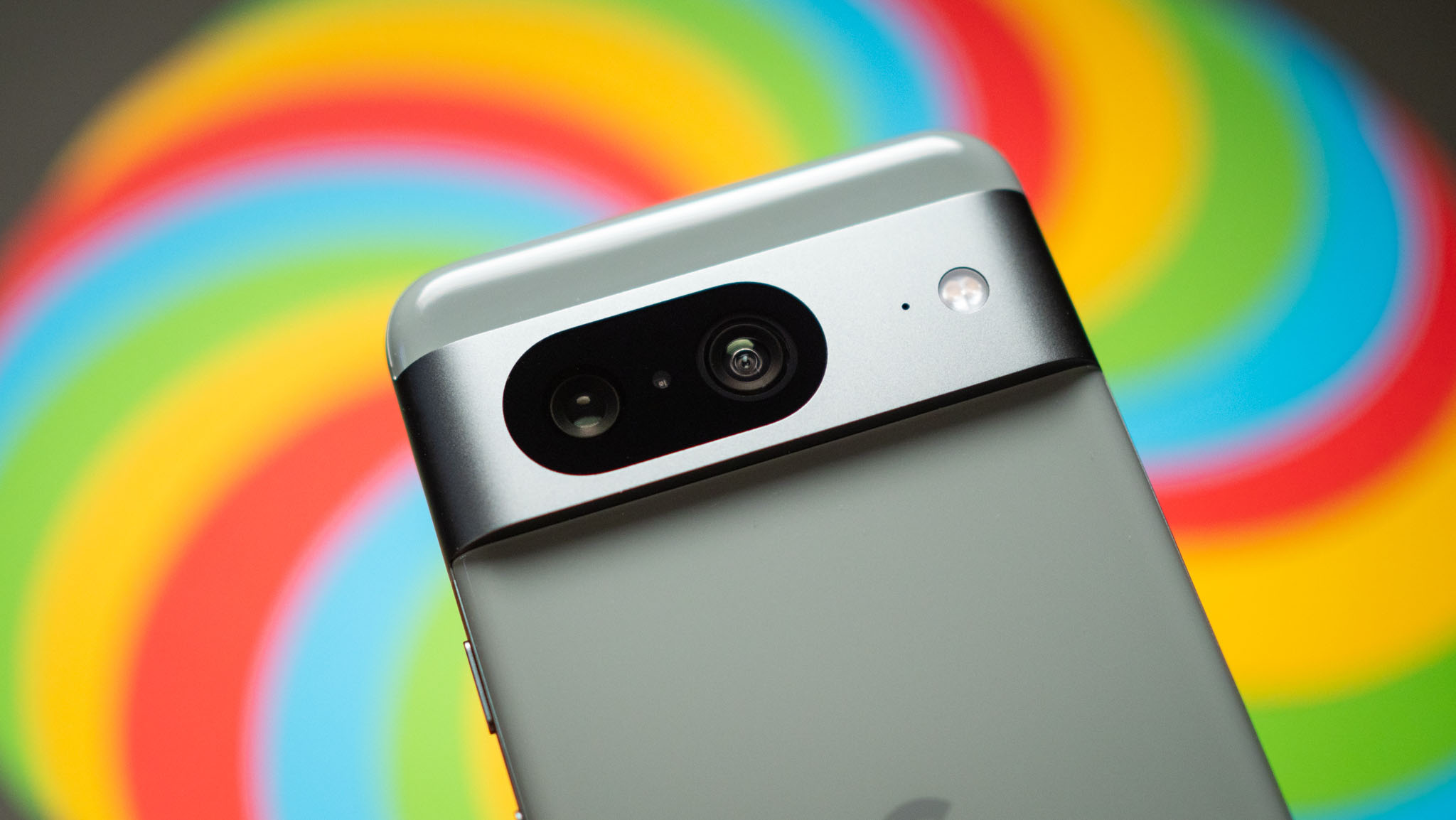
Both models feature the same 10.5MP, f/2.2 front-facing camera. The Google Pixel 8 only has two cameras on the back: a 50MP primary shooter and a 12MP ultrawide.
Google Pixel 10 vs. Pixel 8: Which should you buy?
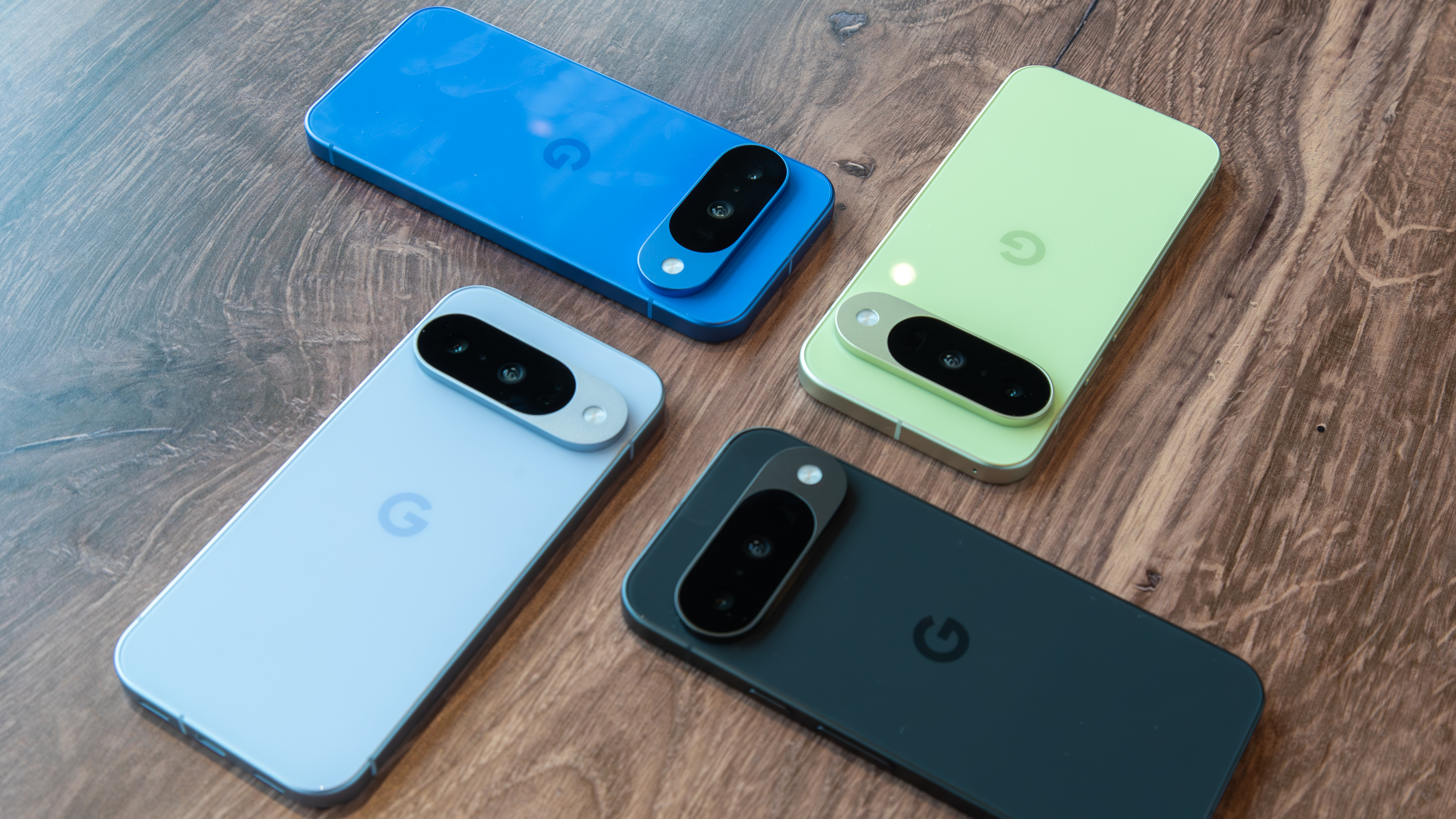
Google spent the last two years making the base-model Pixel premium, and that shows when we compare the Pixel 10 to the Pixel 8. Some might prefer the rectangular design of the Pixel 10 and its oval-shaped camera housing. From a hardware point of view, the Tensor G5 chipset and telephoto lens are major upgrades over the Pixel 8.
Conversely, fans of Pixel's old pebble-shaped designs might actually appreciate the familiar Pixel 8 form factor. It's lighter than the new model, and not by an insignificant margin. While the Pixel 8 doesn't have a telephoto lens, it does have a larger main camera sensor. It also comes with five more years of full Android OS upgrades.
Put simply, there are just as many reasons to upgrade to the Pixel 10 as there are to stick with the Pixel 8. Unless you get a great trade-in deal, it's probably worth squeezing at least another year out of your current phone.

A worthy upgrade
With two years of upgrades compounding, the Google Pixel 10 is looking like a surefire upgrade over the Pixel 8. It's faster, has a bigger battery, and adds a telephoto lens. However, the size increase over the Pixel 8 may be one reason to steer away from the new model.

Worth holding onto
If you're craving more performance and a telephoto camera, an upgrade might be in order. However, the Google Pixel 8 still has everything it needs to remain your daily driver, including complete software support for the next half decade.

Brady is a tech journalist for Android Central, with a focus on news, phones, tablets, audio, wearables, and software. He has spent the last three years reporting and commenting on all things related to consumer technology for various publications. Brady graduated from St. John's University with a bachelor's degree in journalism. His work has been published in XDA, Android Police, Tech Advisor, iMore, Screen Rant, and Android Headlines. When he isn't experimenting with the latest tech, you can find Brady running or watching Big East basketball.
You must confirm your public display name before commenting
Please logout and then login again, you will then be prompted to enter your display name.
